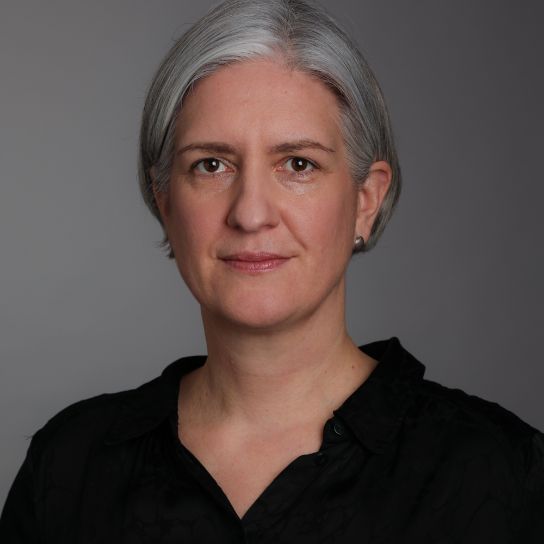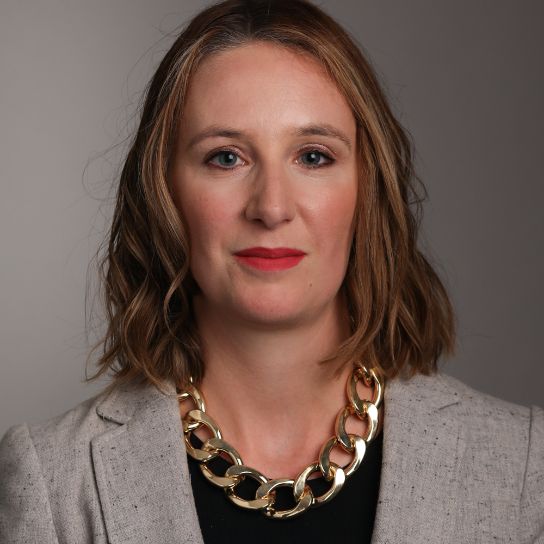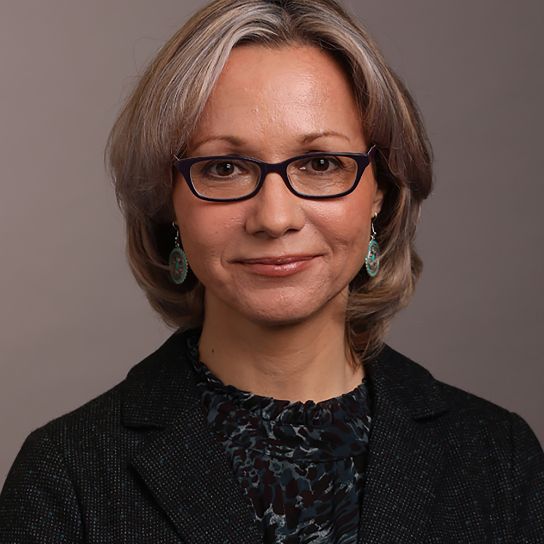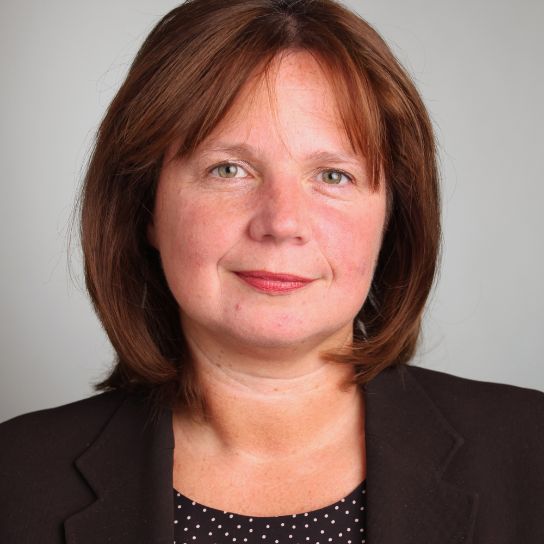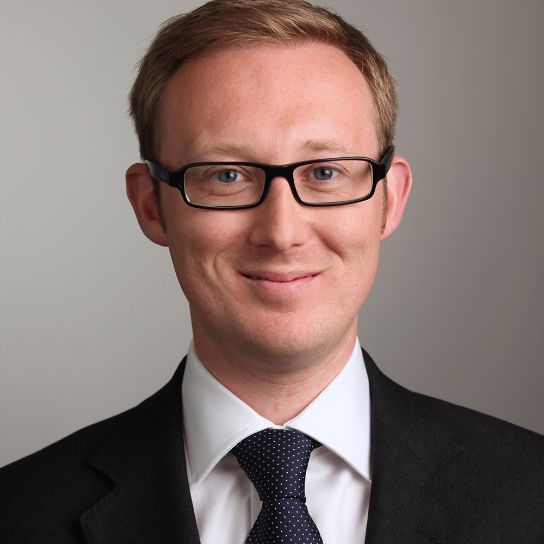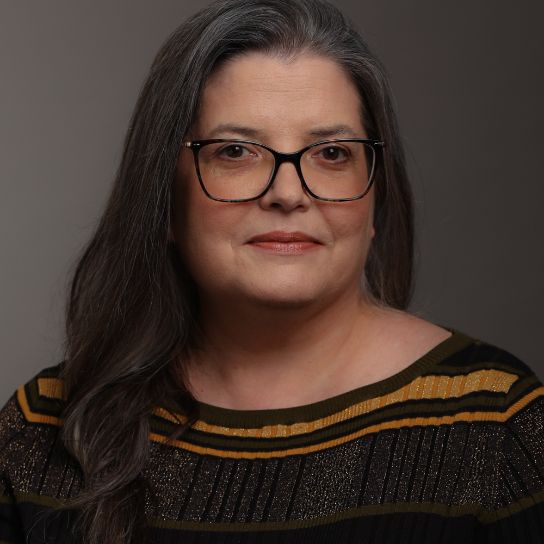tel: +44 20 7466 2067 mobile: +44 7785 255016
By Geoff Maddock, corporate insurance partner
A speech by Sam Woods of the Bank of England (BoE) says a lot about its approach to Solvency II and leaves a lot more unsaid.
Woods said that he wanted to dispel two myths:
- that the BoE plans to use Solvency II to increase required capital across the insurance sector; and
- that the BoE will keep the current ‘ICAS’ (Individual Capital Adequacy Standards) regime alive after 1 January 2016, rather than "embracing" the new Solvency II regime.
Furthermore firms would have plenty of time to adapt to the regime and were at liberty to make full use of the transitional provisions.
On capital he made the caveat that:
"although … we do not intend to use Solvency II to increase the aggregate level of required capital, this is not the same as saying that the surplus capital positions of individual firms will not change with the arrival of Solvency II. It is a different regime, with a different shape to ICAS. Firms will therefore see movements in their regulatory capital positions. For some firms these positions will be tighter, for others looser."
As to technical provisions:
"The cap on the level of benefit firms can derive from the technical provisions transitional … will require firms to produce estimates of their solvency on an ICAS [Individual Capital Assessment Standards] basis for a period after the end of that regime. We will be exploring ways in which they might approximate ICAS solvency in a cost-effective and efficient way".
As to internal model approval:
"we make final decisions on all models for firms for which we are the home supervisor in early December, and communicate those decisions to firms simultaneously at that point."
Comment
The BoE and its subsidiary the Prudential Regulation Authority (PRA) are strong supporters of Solvency II, even though the directive in general applies a maximum harmonisation regime. Even so there are areas of the regime where the PRA has applied a gloss to the directive standards to meet its own regulatory agenda. It may be a bit of an exaggeration to describe the industry's concerns about this as "myths".
Capital
The following remarks made by Andrew Bailey of the PRA in July 2013 are also quite revealing:
"To monitor the ongoing appropriateness of internal models, the PRA uses early warning indicators based on metrics that are independent of the model calculations … In cases where the indicator’s threshold is breached it will trigger an immediate supervisory response; a capital add-on is, in all but exceptional cases, likely to be the most effective way to restore compliance with the Solvency II calibration requirement (i.e. 99.5% over a one-year period)."
The directive, however, far from contemplating the application of a capital add-on in all but exceptional cases, says that they should only be applied in exceptional cases.
Transitionals
As to transitionals, the PRA has said:
"Until Solvency II criteria are fully implemented, the PRA expects insurers to anticipate the enhanced quality of capital that will be needed when issuing or amending capital instruments".
In other words it did not want firms to issue capital by reference to Solvency I standards and then to grandfather it into Solvency II. Since this statement was made in April 2013, however, the final form of the capital transitional has been settled. Its wording makes it virtually impossible to grandfather Solvency I tier 1 capital except as tier 2. So the PRA can afford to be gracious.
Internal models and appeals
Originally it had been intended to allow a year between the transposition of Solvency II into national law and the date it was to come into force. This was eventually reduced to 9 months, with transposition fixed for 31 March 2015 and the regime coming into force on 1 January 2016. At the same time national supervisors were given 6 months to deal with applications to approve internal models for the calculation of the Solvency Capital Requirement (SCR). So a firm applying for approval on 1 April 2015 is entitled to insist that the PRA deal with its application by 1 October 2015, rather than the beginning of December.
This could be significant for any firm whose application is rejected and who must therefore use the standard formula for calculation of the SCR. It may be just about possible, starting in October, for the Tribunal to hear and dispose of an expedited appeal by the firm by the end of the year. It would be virtually impossible for it to do this starting in December.
Nor would the Tribunal have the power to direct that the internal model should be treated as approved on a provisional basis pending the outcome of the appeal.
Technical provisions
Mr. Woods refers to the PRA's ability to cap the benefit firms derive from the technical provisions transitional (article 308d(4) of the level 1 directive). The transitional provides for a deduction from technical provisions. The formula for the deduction is, in simplified terms, the difference between technical provisions under Solvency II and technical provisions under Solvency I.
The cap can be applied where the formula may result in a reduction of the financial resources requirement of the firm compared with the requirements :
"that apply to the undertaking when compared with those calculated in accordance with the laws, regulations and administrative provisions which are adopted pursuant to Directive 73/239/EEC, Directive 2002/83/EC and Directive 2005/68/EC on the day before those Directives are repealed pursuant to Article 310 of this Directive."
Mr Woods assumes that this passage refers to the financial requirements under the PRA's ICAS regime. That regime, however, does not derive from these directives. ICAS was a regime which was imposed in 2004 over and above the directive requirements which had applied since many years earlier. So the cap should be calculated by reference to Solvency I capital requirements under Pillar I, which broadly equate to the directive requirements.
On this basis the PRA will only be able to apply a cap which is significantly lower than the one Mr. Woods has in mind.
Key contacts
Disclaimer
The articles published on this website, current at the dates of publication set out above, are for reference purposes only. They do not constitute legal advice and should not be relied upon as such. Specific legal advice about your specific circumstances should always be sought separately before taking any action.



